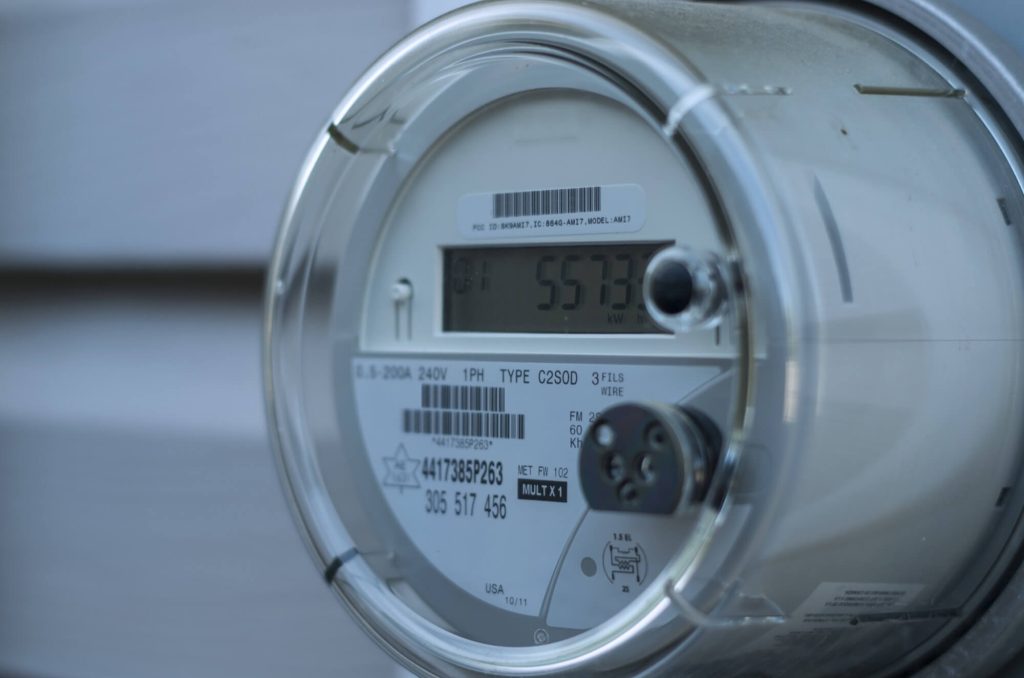COURT HOUSE – In recent years, there’s been a push across the country for electric utilities to move to what is known as “time of use” (TOU) pricing for electricity. The new Atlantic City Electric (ACE) Smart Energy Network initiative, including the smart meters now being installed, could enable TOU rates and programs in Cape May County.
ACE has worked to prepare the public for the smart meter technology by touting its increased reliability and that it enables faster response to outages and the ability of customers to monitor their usage. They argue these changes might save money on the monthly bill. The one piece of information not on the ACE webpage list of benefits is that the new technology will allow TOU rate structures.
How Does TOU Pricing Work?
Under the pricing structure that has been used traditionally by most utilities, a customer gets a fixed charge and then additional charges are added for kilowatt hours (kWh) used in the billing period, regardless of when the electric power was used.
This means that a customer using electricity at peak usage times is paying the same for that use as the customer who uses the same amount of electricity at off-peak times.
Since the rates are set to recoup the utility’s costs, the customer using power off-peak is often subsidizing the individual who uses electricity during peak periods. The rates are set by the Board of Public Utilities (BPU) based on petitions from the utilities and comments from the New Jersey Rate Counsel.
TOU pricing is an arrangement where the electric billing takes into account the time of day when the kWh usage occurs. If it occurs during peak time, the customer pays more. If used in off-peak hours, less. What sounds simple can get complicated quickly.
Based on areas of the country that have already implemented some form of TOU pricing, rate structures can vary by time of day, seasonal rates can apply, weekdays can be different from weekends and the rates can rise after a baseline of usage is attained.
We will not know the precise mechanisms ACE will incorporate until the utility makes its case to the BPU. Charges to allow for recovery of the cost of implementing the Smart Energy Network from ratepayers will be part of a package for regulatory review. Enabling time-of-use rates would be part of that submission to the BPU.
Why Are Utilities Switching to TOU Pricing?
The goal of this pricing is to encourage the shift of usage away from peak time periods as the utilities prepare for significantly increased demand. That increase is expected with state and federal efforts to electrify functions that previously depended on fossil fuels. The charge of electric vehicles is the most prominent example.
A key question about the transformation in pricing remains though: how easy will it be for customers to navigate the differences between peak and off-peak periods? Will lower- and moderate-income customers face greater challenges? What provisions exist for people with special needs or individuals with limited flexibility? Will TOU pricing be mandated for all, or will it allow individuals to opt out?
These are all questions consumer advocates are raising as they monitor the implementation of TOU pricing in areas around the country. A number of studies show that TOU rates appear to work in that they do encourage some shift in usage. That will not be enough to satisfy some consumer advocates who question the equity in the arrangements.
The plan for the shift lies hidden in a provision ACE touts. They say the new meters will help customers to “see more detailed usage information, including hourly usage so you can act and use less energy to help you save.”
In a flat rate world, the ability to monitor “hourly usage” has limited attractiveness. In a TOU-rate world, things change.
When Does This Take Place?
An ACE spokesperson responded to the Herald’s questions about the company’s plans.
“We are currently installing new smart meters in Cape May County and expect to complete the work in the county by the end of this year,” the spokesperson said.
Along with the meter installation, additional infrastructure is being implemented across the ACE service area to support the new functionality. “Because of this,” the spokesperson said, the “functionality of the new meters will not start to be enabled until the spring of 2023.”
In Villas, a social media site has posts from ACE customers who claim their bills have risen as soon as their new meters were installed. ACE says any increases have causes other than the new technology.
ACE states that there has been no change to the existing methodology for calculating and pricing usage even where the new meters may have already been installed.
The shift is complex work that is getting more complex. What will eventually happen with TOU pricing in the ACE service area is not yet clear. The Herald will keep an eye peeled for the BPU filing from ACE. That document should provide details.
How do you feel about TOU pricing? Know something about residential energy billing? Email vconti@cmcherald.com.







